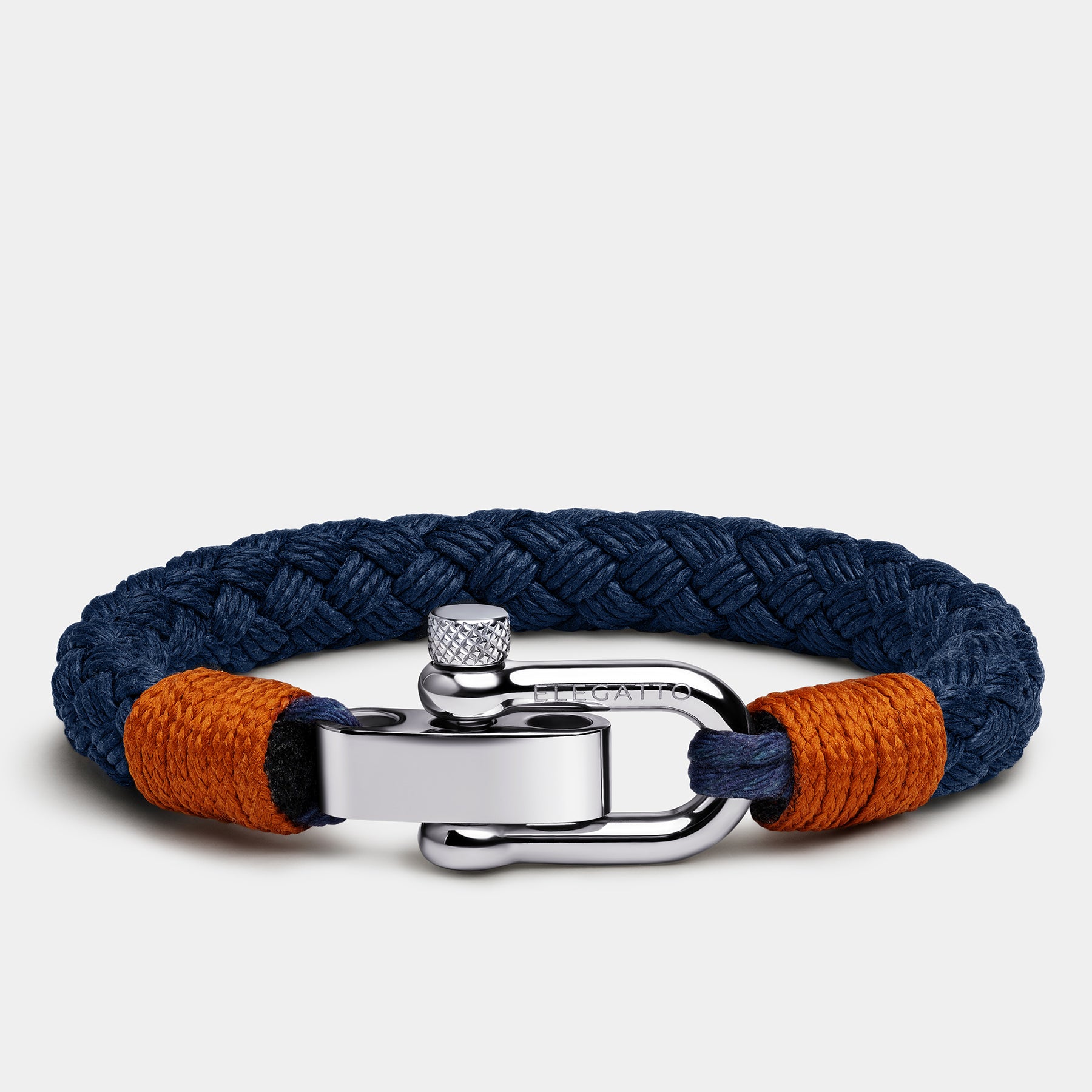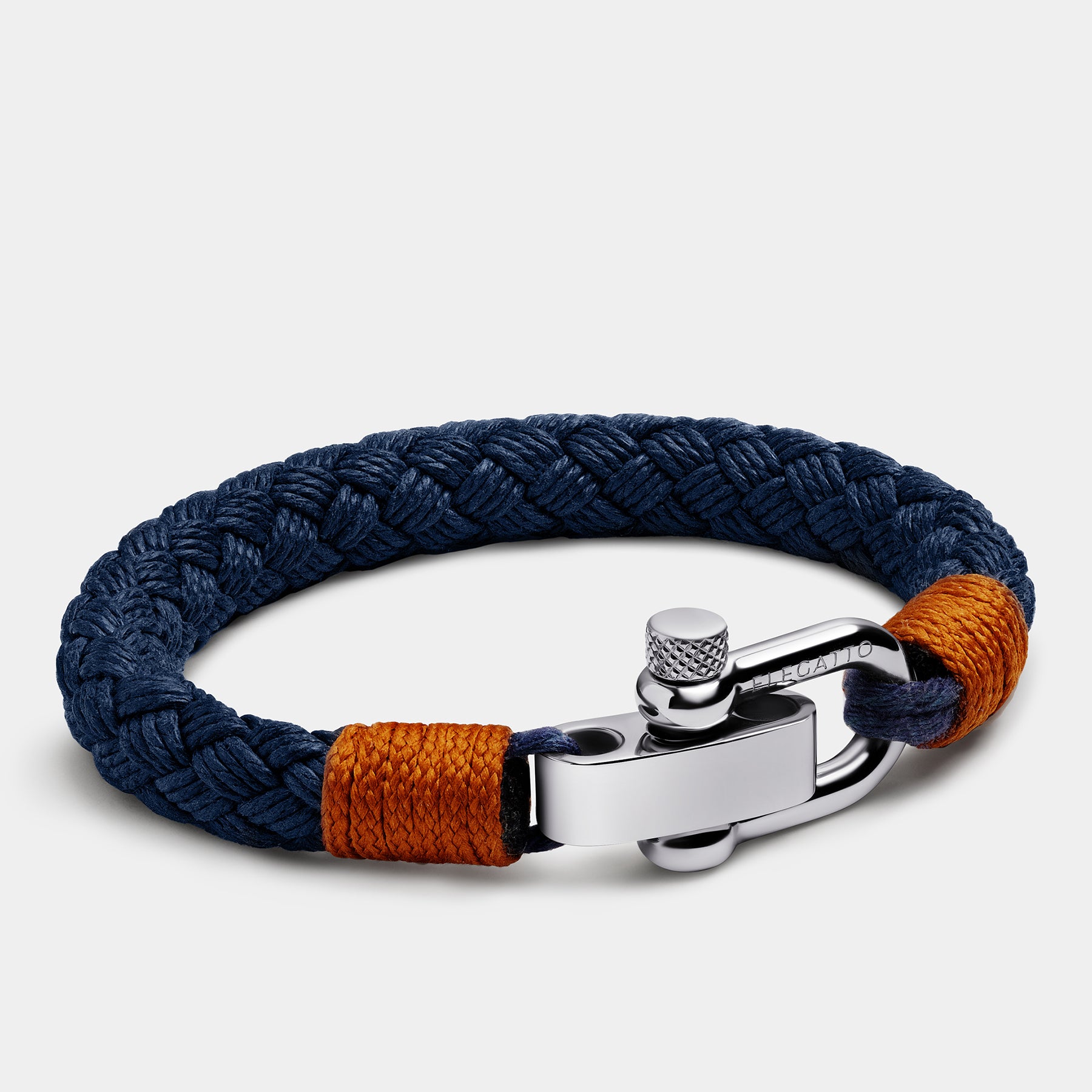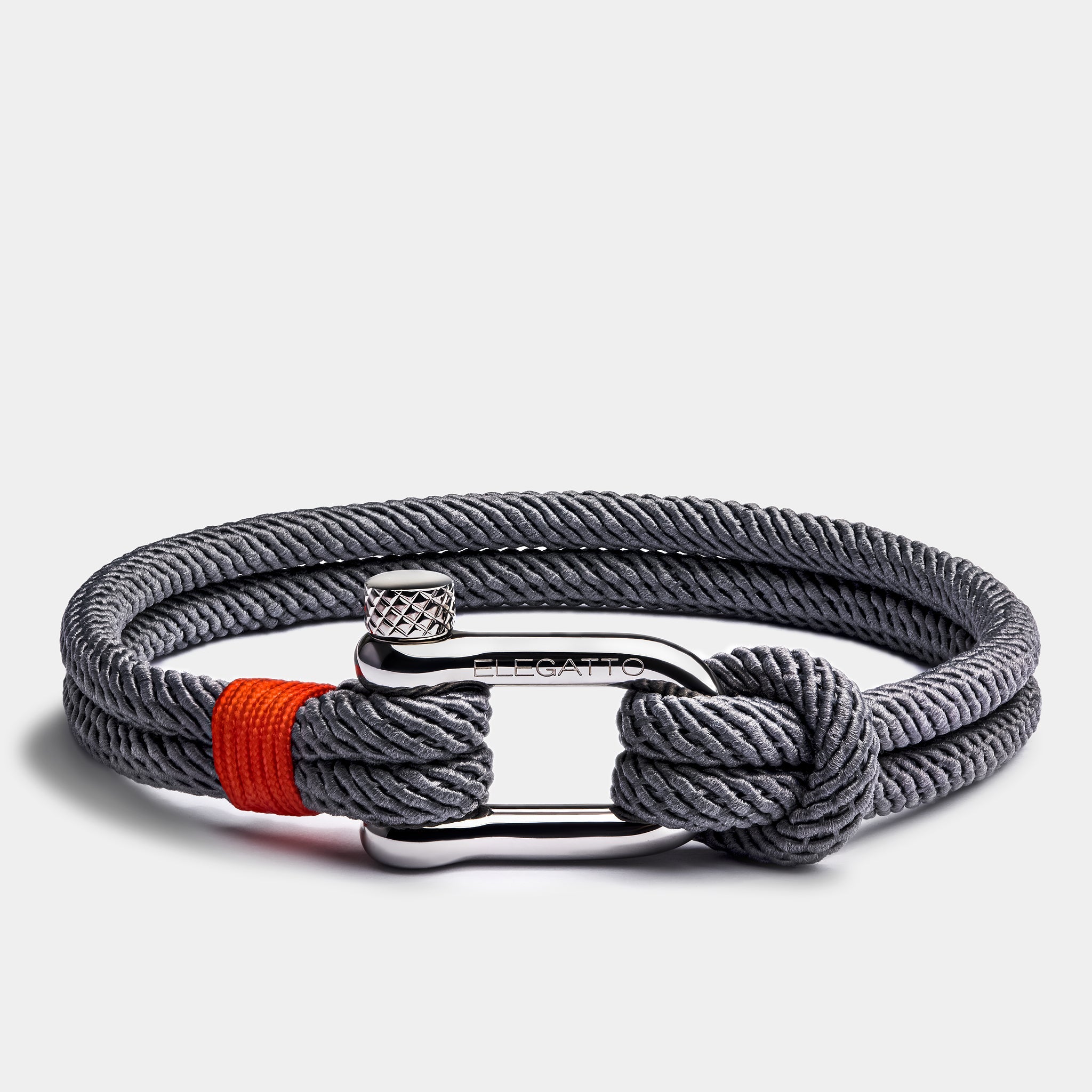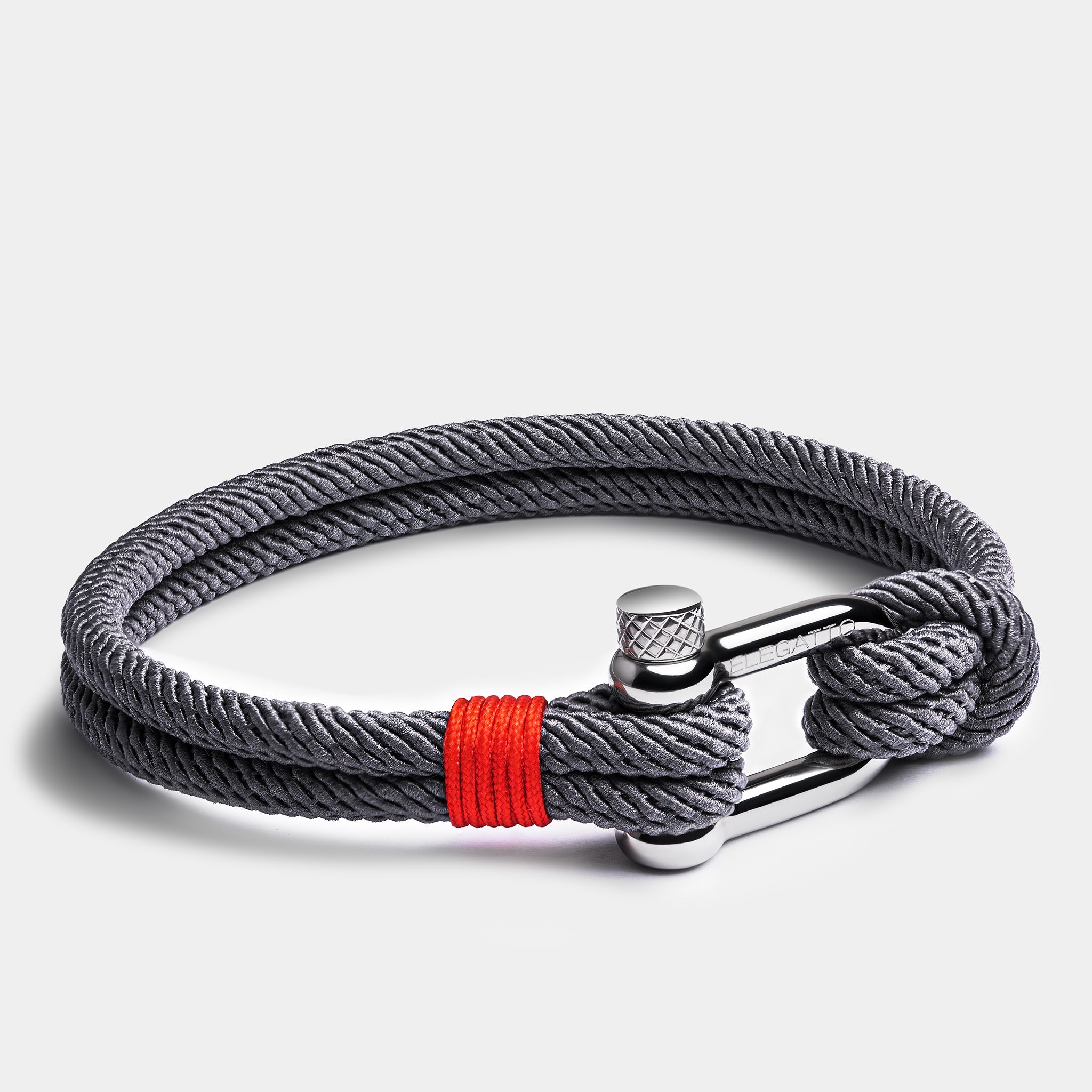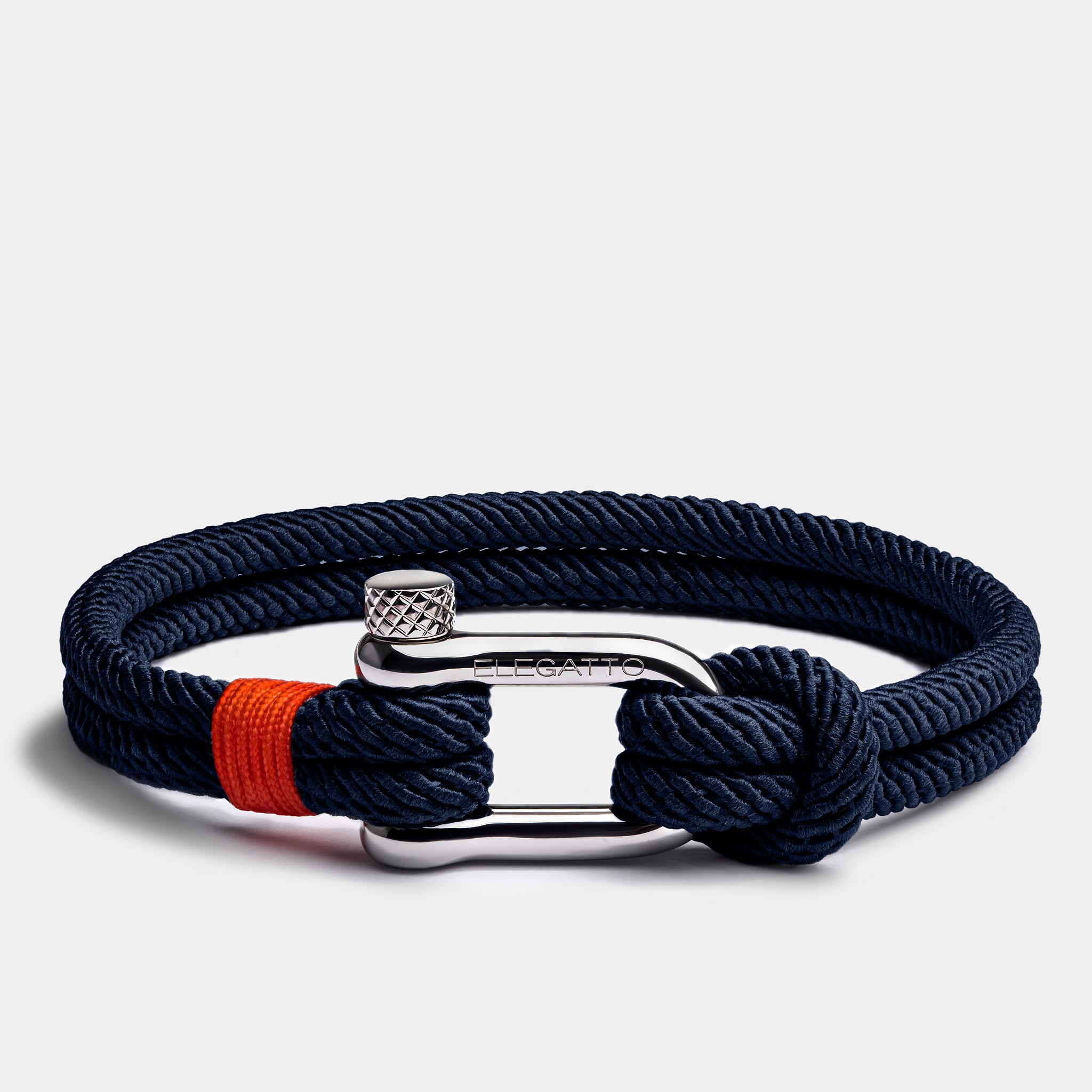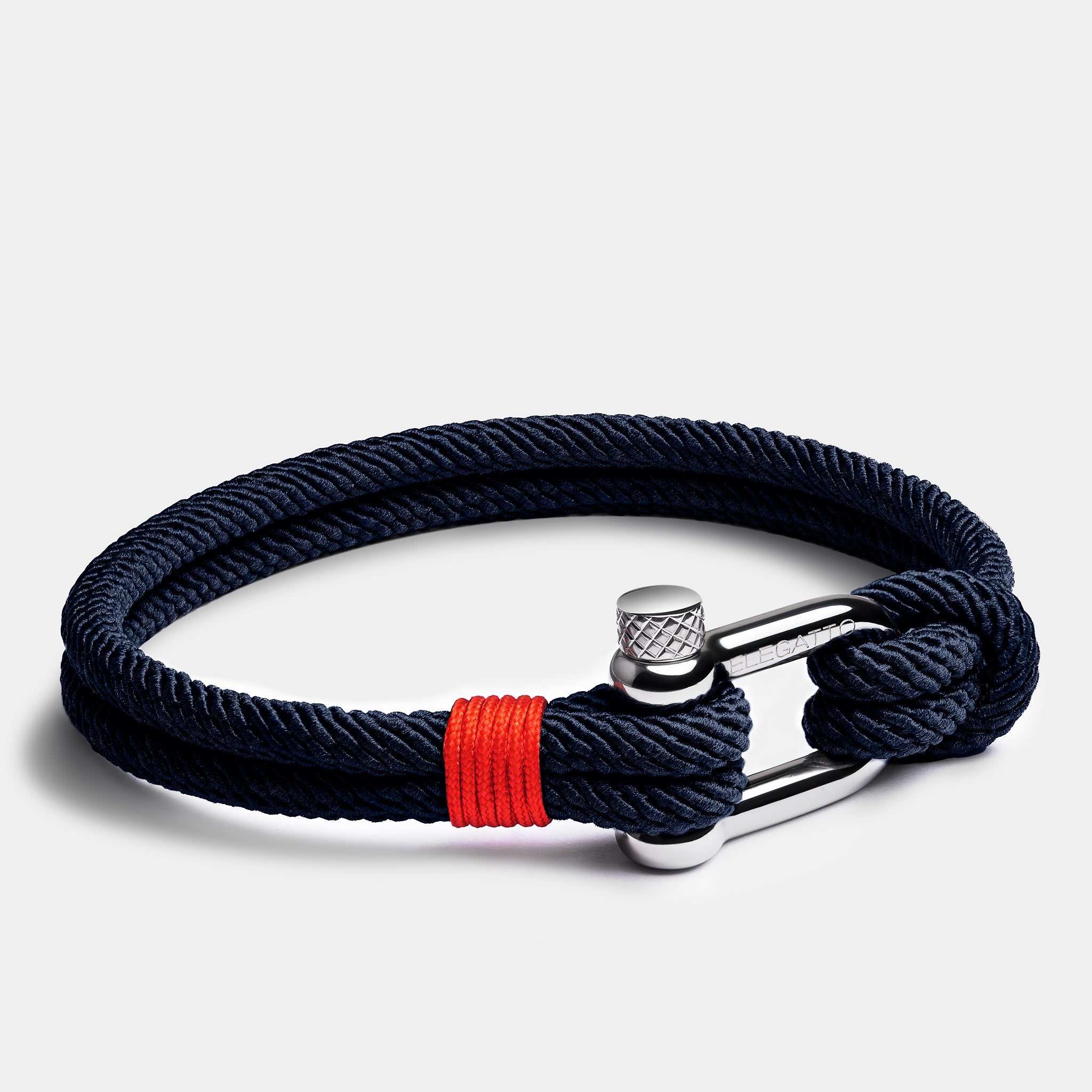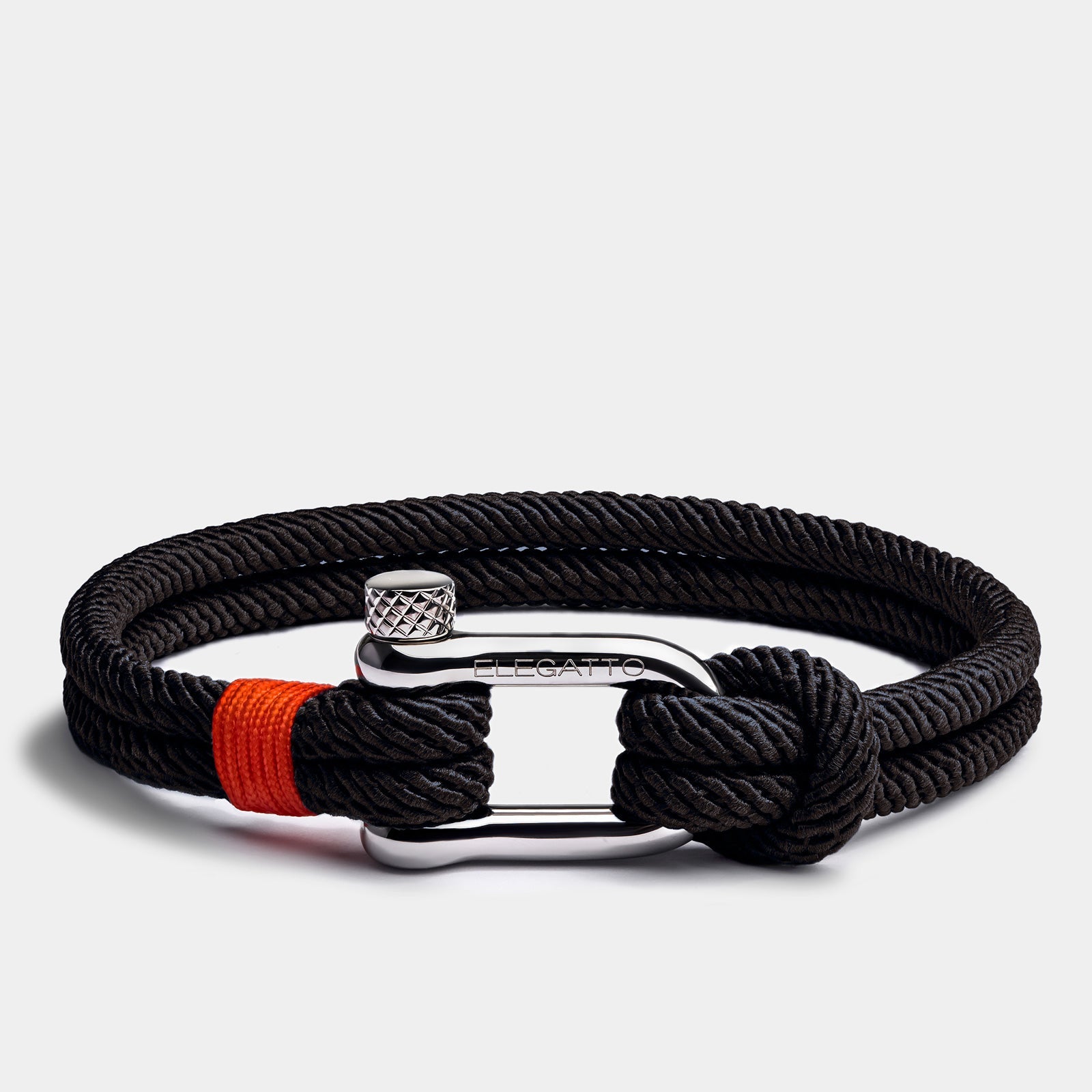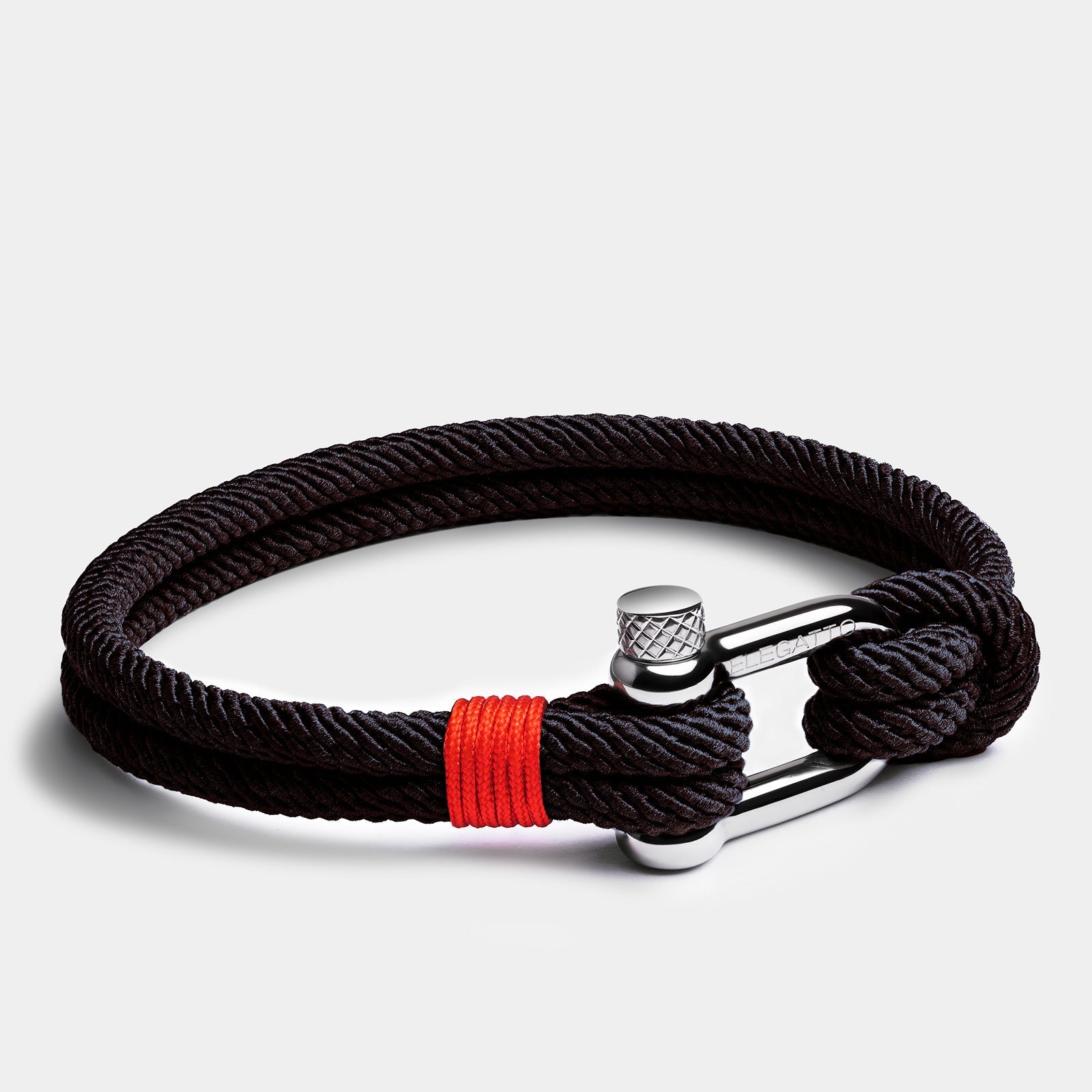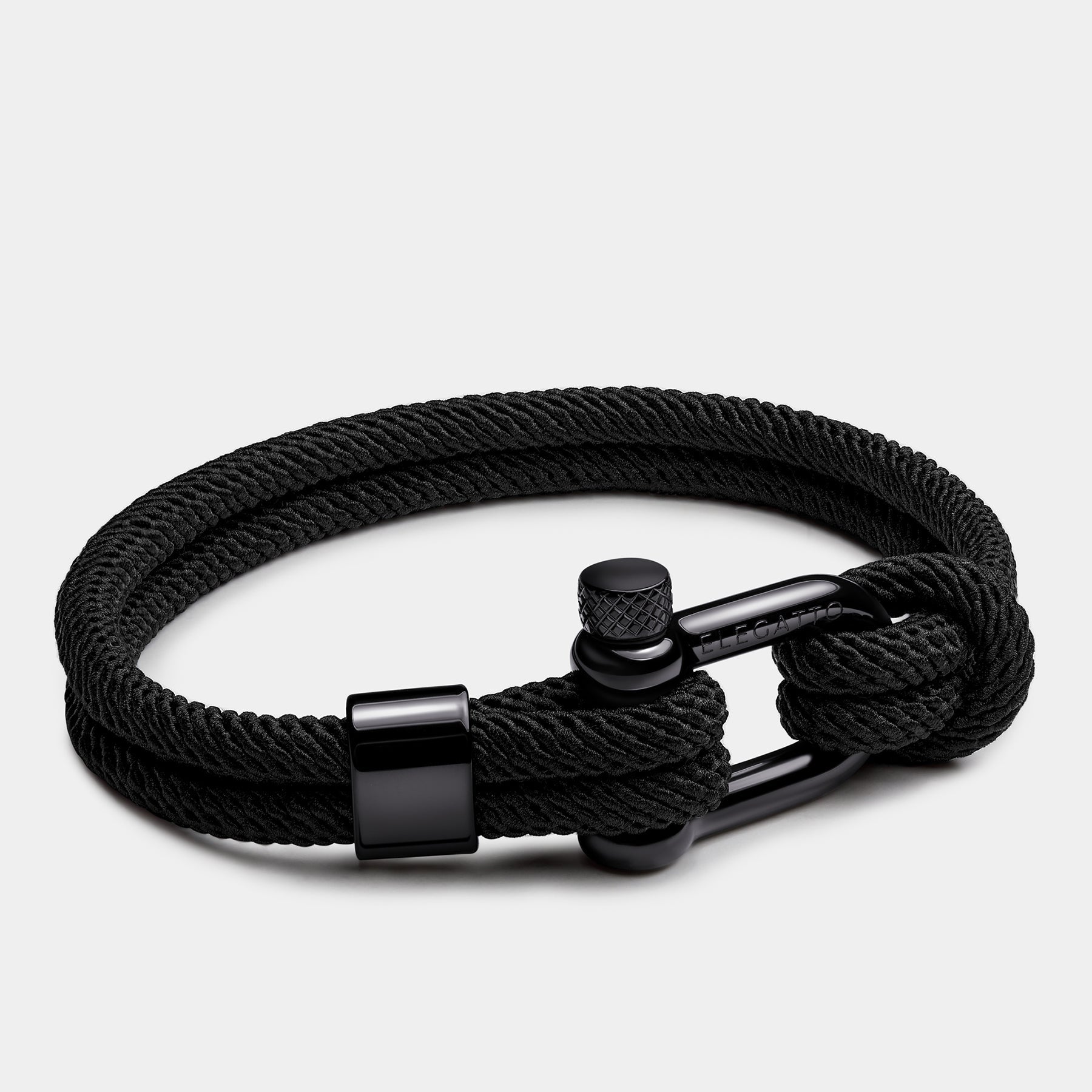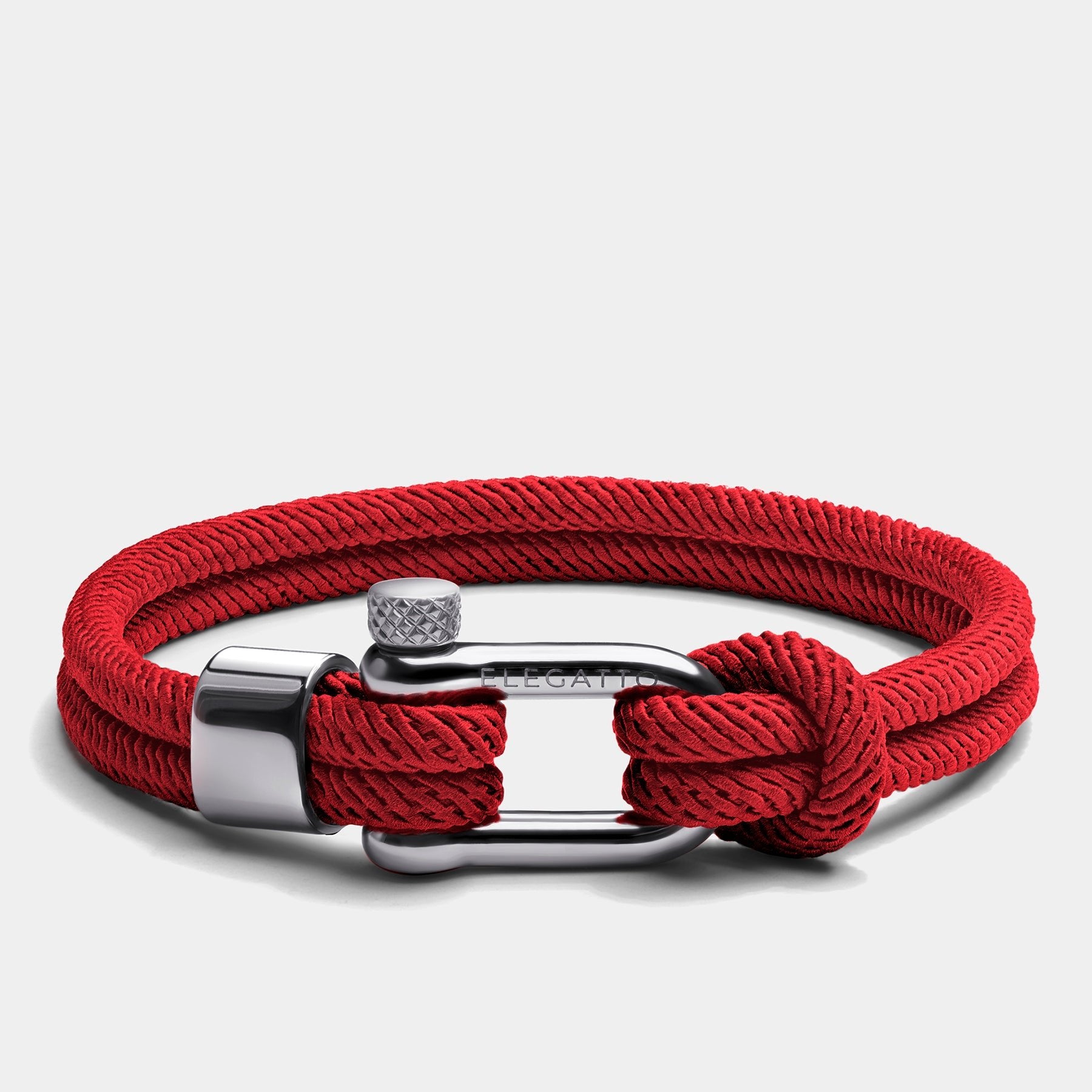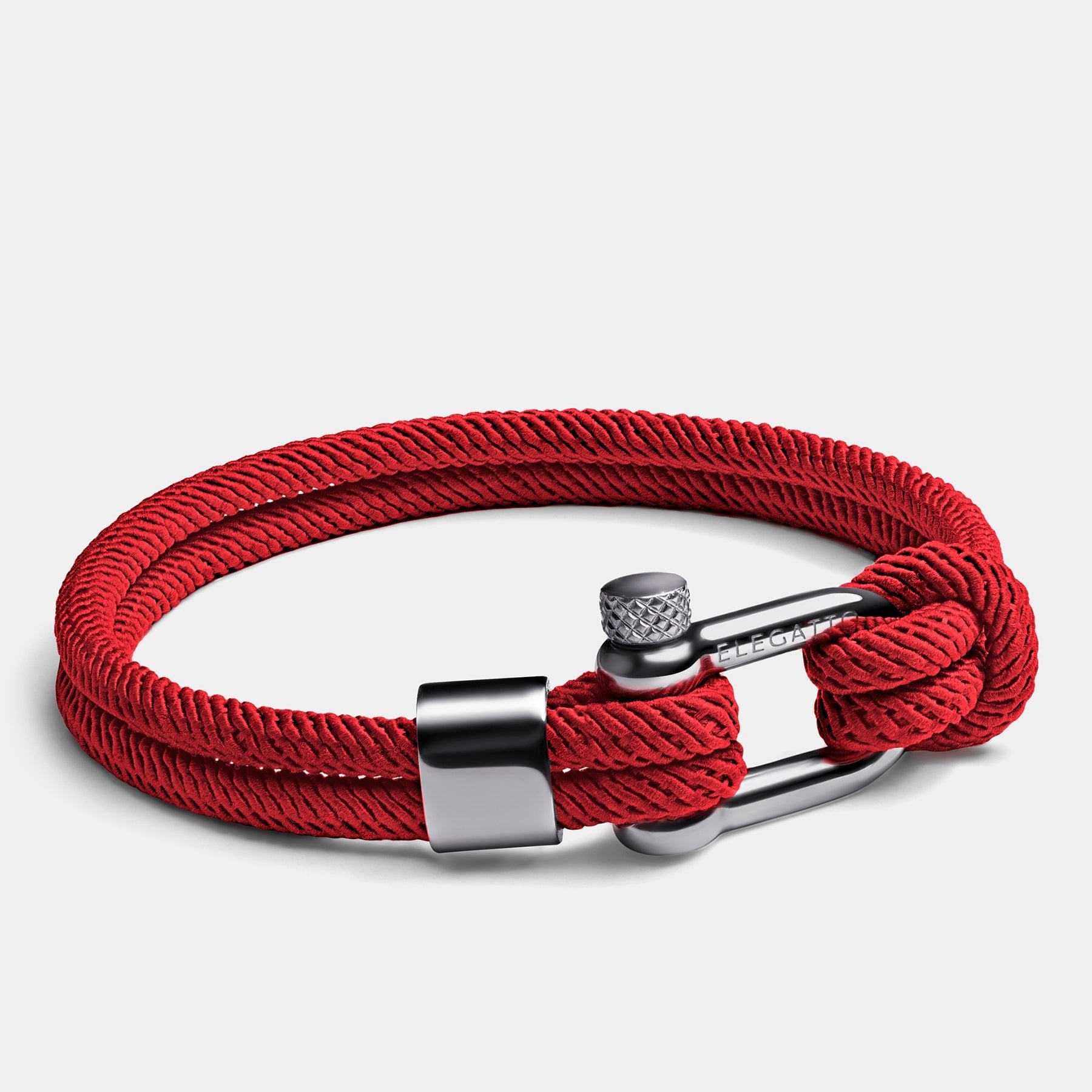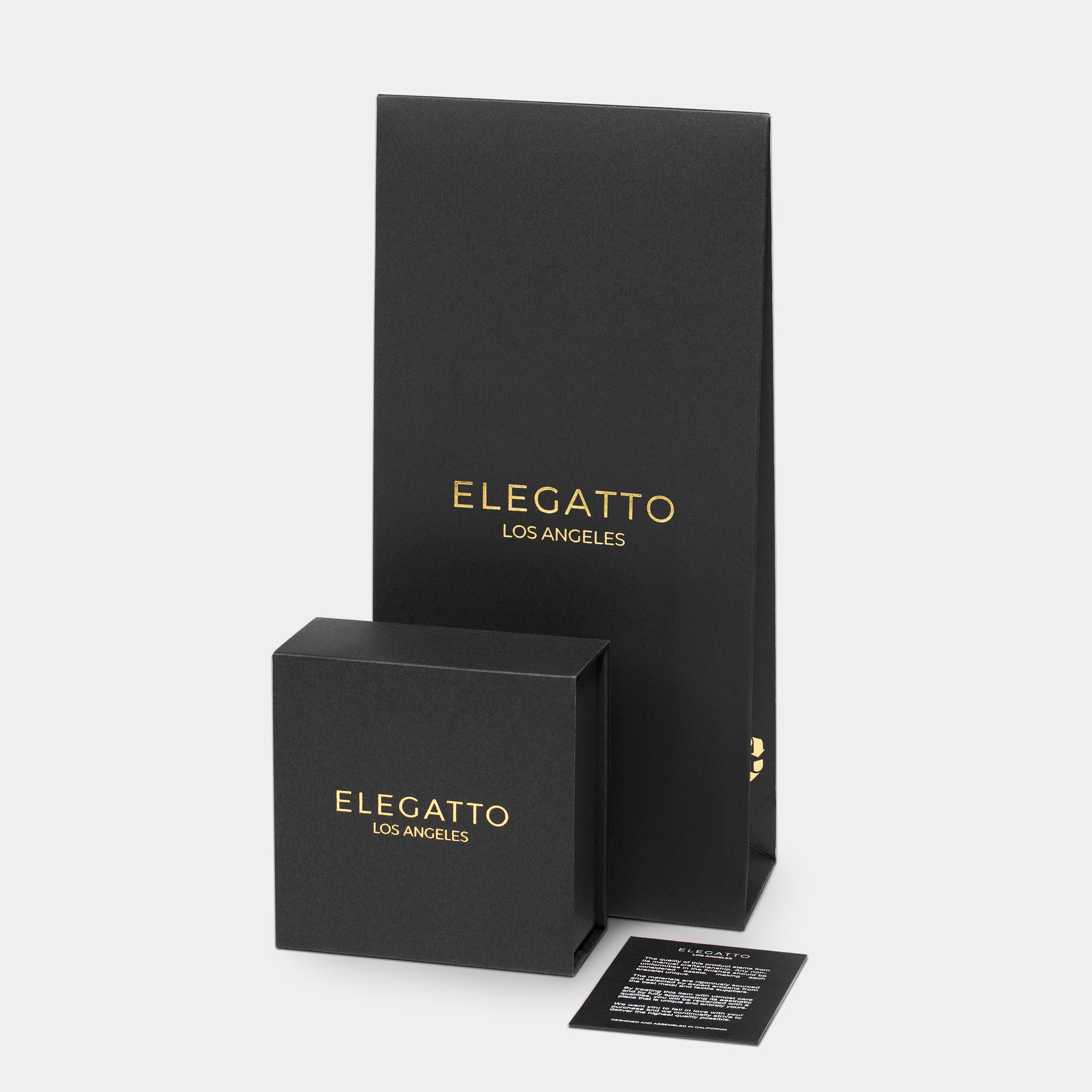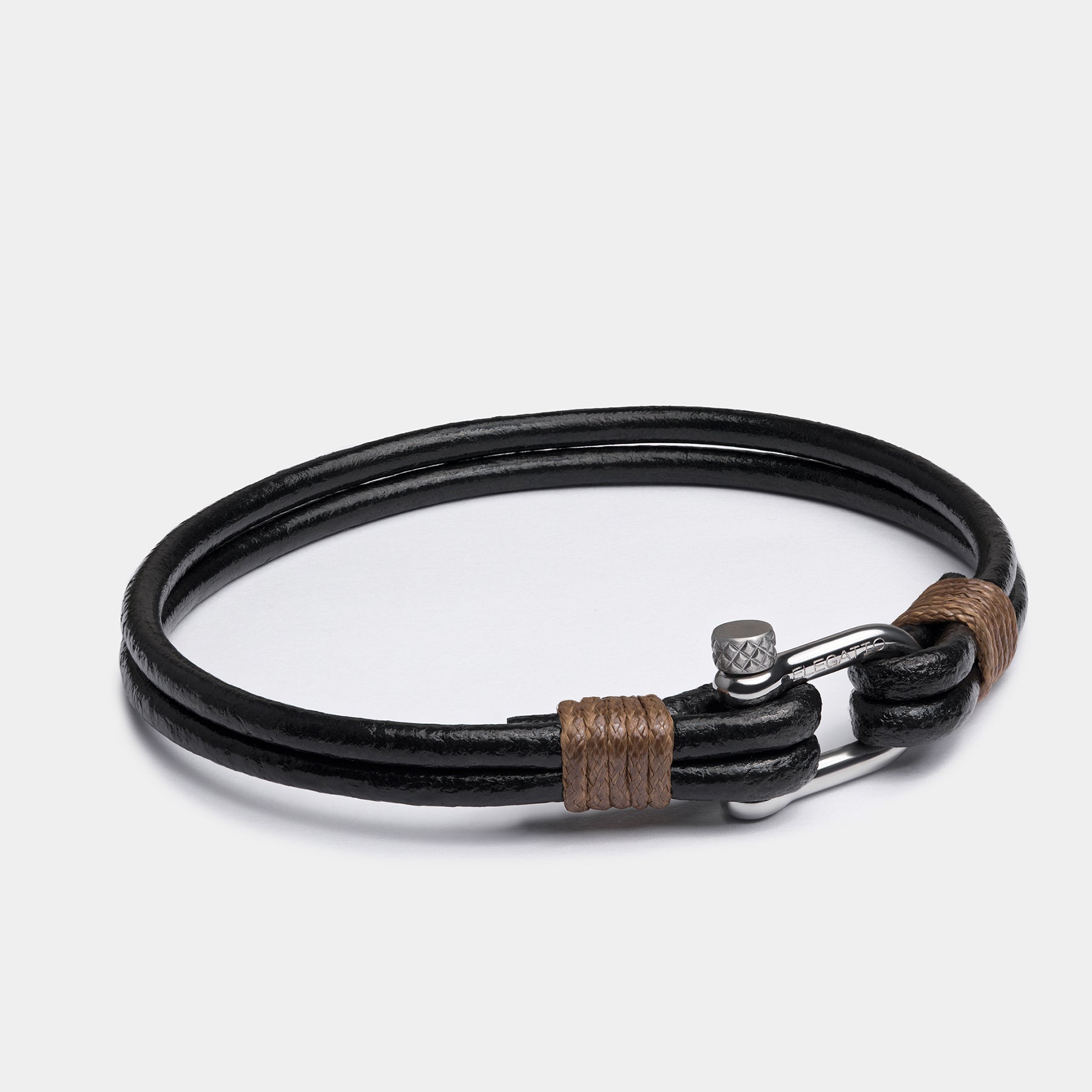Article: The History and Symbolism of Men's Accessories

The History and Symbolism of Men's Accessories
Accessories have been around as long as human culture and civilization. A 40,000 year old prehistoric bracelet was found in Russia. Their meaning within society has changed and evolved over time, and this blog will explore the history and role of men's accessories throughout history.
Accessories were first worn as religious symbols and to denote tribal lines.
The earliest accessories were used as protective charms, wards, and talismans made to either protect its owner from both physical and spiritual danger or indicate their tribal membership. Their construction involved all available materials, ranging from the teeth and skins of animals to seashells, birds’ feathers, and tree bark.
One example of such practices comes from North America, where some Native American groups wore decorative headdresses made of different animal products. The classic war bonnet of the Plains Indians is the best-known example of this.
Across the Atlantic, the Scandinavian Norsemen/Vikings preferred to wear iron and stone amulets that were carved into specific shapes, like hammers, crosses, and wheels. Slavic peoples considered the symbol of a bear’s paw print to be one of the greatest protective charms, creating silver bracelets in its shape. Those who could not afford to make or purchase a silver one would embroider the shape onto their clothing.
As accessories became more intricate, they began to indicate status.
During the time of empires and highborn rulers, human ingenuity allowed us to work silver and gold into threads. As such, craftsmen would weave pounds of gold into the mantles and regalia of the Roman emperor. This demonstrated a big shift in the role of male accessories, allowing them to indicate social standing and status with ease.
The Medieval Age saw a poor general populace, with only the rich and powerful affording jewelry and decorative accessories. The “Average Joe” of the time would have dressed himself humbly, almost minimalistically, preferring bronze or copper earrings, bracelets, and brooches.
The 1700s brought a huge shift to the world of accessories, with both men and women wearing various necklaces, bracelets, rings, and precious gemstones.
Practicality reigned supreme in the 19th century.
With the 1800s came the commercial/market revolution, bringing with it a shift to a desire for practicality. This is exemplified in how men’s accessories were trimmed down to only functional items, such as pins for ties, cufflinks for shirts, etc. It was at this time that men in the West began to lose their affinity and desire to wear bright and opulent decorations
Nowadays, accessories express style and status.
Our modern fashion reminds the powerful and wealthy that elegance and style can be expressed with the help of small but effective accessories. Men are more readily experimenting with their outfit, bringing back older items such as earrings, cufflinks, and decorative pins. However, from the historical arsenal of decorations and accessories, the bracelet is the one that best exemplifies the balance between practicality and decorativeness that all humans strive for.
The status icon in the form of a bracelet continues to exert its influence: potential business partners take note of men’s watches or bracelets when shaking their hand, helping prime the relationship toward a positive note. Losing out on the chance to improve your outward image with such a simple accessory is almost foolish, but more men will join the ranks of the accessorizing when they realize that a quality and stylish bracelet can be as important as having brushed teeth, a groomed beard, and deodorant.

